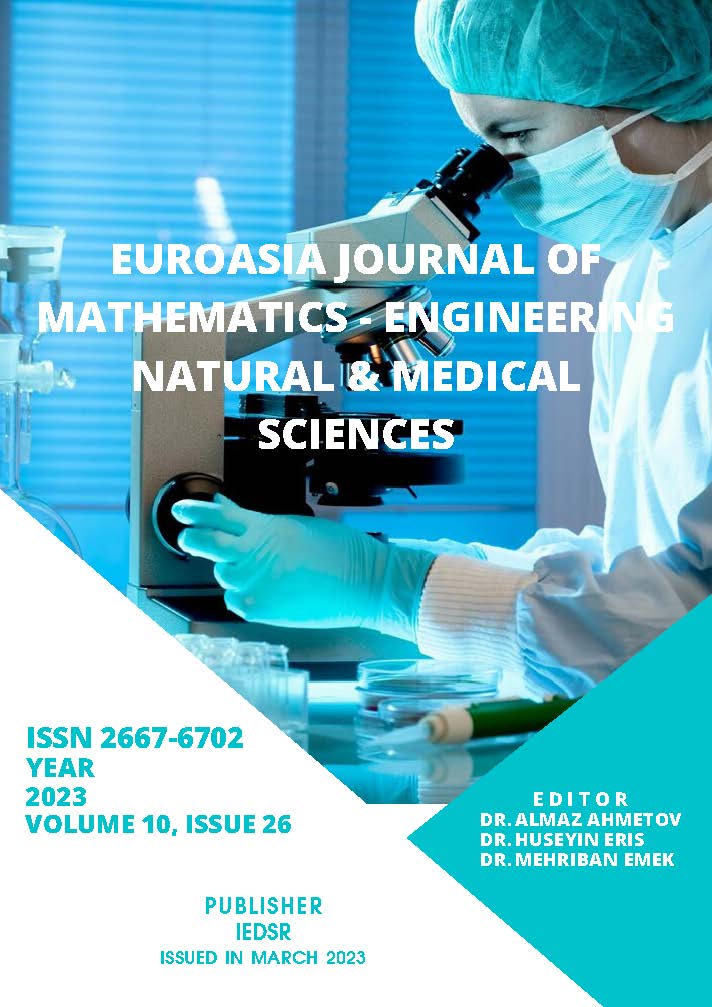The Influence of Agricultural Techniques of Growing Chinese Legumes on its Yield
DOI:
https://doi.org/10.5281/zenodo.7951010Keywords:
chinese beans, variety, row spacing, harvestAbstract
The article examines and summarizes the results of tests of domestic varieties of Chinese legumes by the method of row spacing 60 and 45 cm. The protein contained in Chinese beans is 2.5 times higher than the protein content in meat and contains completely essential amino acids. In addition, Chinese bean oil contains a large amount of phospholipids. Phospholipids serve as the main “framework” – the building material that makes up the cell membrane. Phospholipids entering the body help to constantly maintain the normal structure of the cellular structure, that is, cell membranes are constantly exchanged and updated.
References
Grishin I.A., Kotlyakova A.I. The role of leguminous crops in solving the protein problem //Fodder production. М. 1996 № 2. pp.18-20
Davydenko O.G. Attention of soy. Minsk. Book House, 1995. p. 101.
Antonov S.I. Soy universal culture// Agriculture. 2000. №1. p. 15.
Vavilov P.P., Posypanov G.S. Legumes and problems of vegetable protein. M. Rosselkhoznadzor. 1983. pp. 36-45.
Babich N.N. Soy for food. M. Kolos, 1974. pp. 112.
Karyagin Yu.G. Soy. Almaty, "Kaynar”, 1978. pp5-11.
Drozdov A.V., Ermoshkin Yu.V. Symbiotic and photosynthetic activity of soybeans at different terms and methods of sowing. //Grain farming. 2007. №6, pp. 30-32.
Boyko A.T., Karyagin Yu.N. Soy high-protein crop Recommendations for soybean cultivation of JSC "VITA". Almaty 2004. p.21.
Downloads
Published
How to Cite
Issue
Section
License
Copyright (c) 2023 Euroasia Journal of Mathematics, Engineering, Natural & Medical Sciences

This work is licensed under a Creative Commons Attribution-NonCommercial 4.0 International License.

